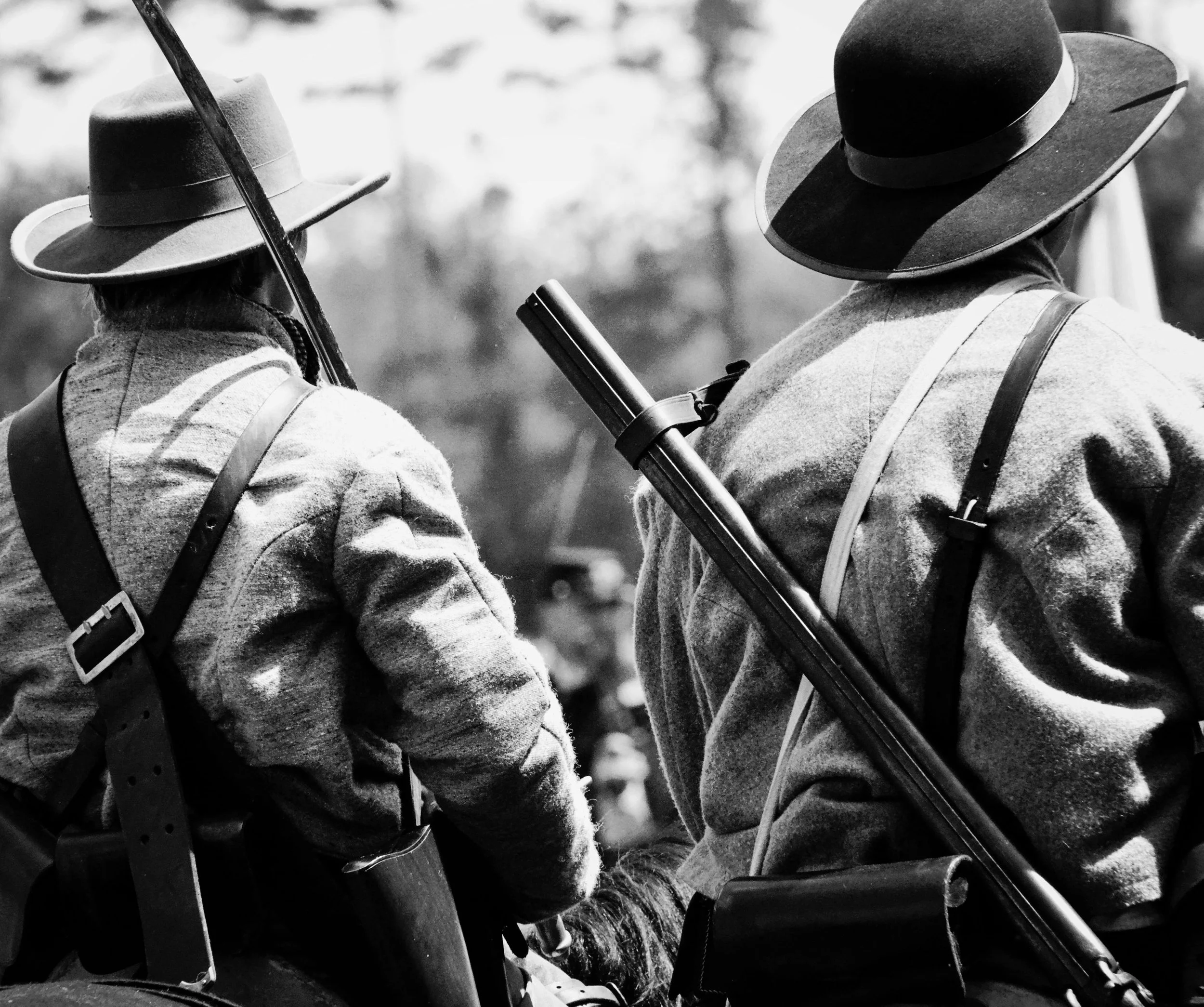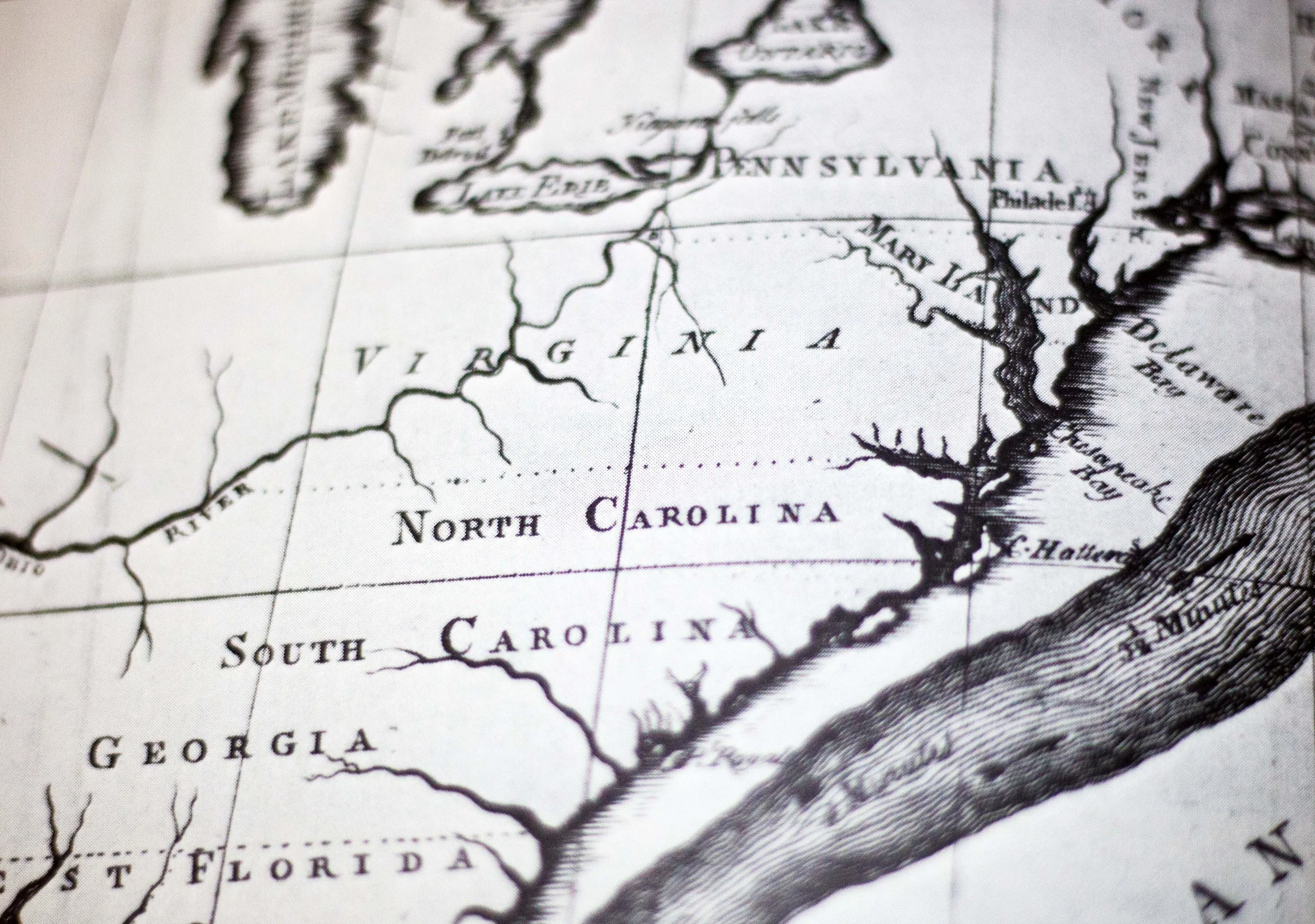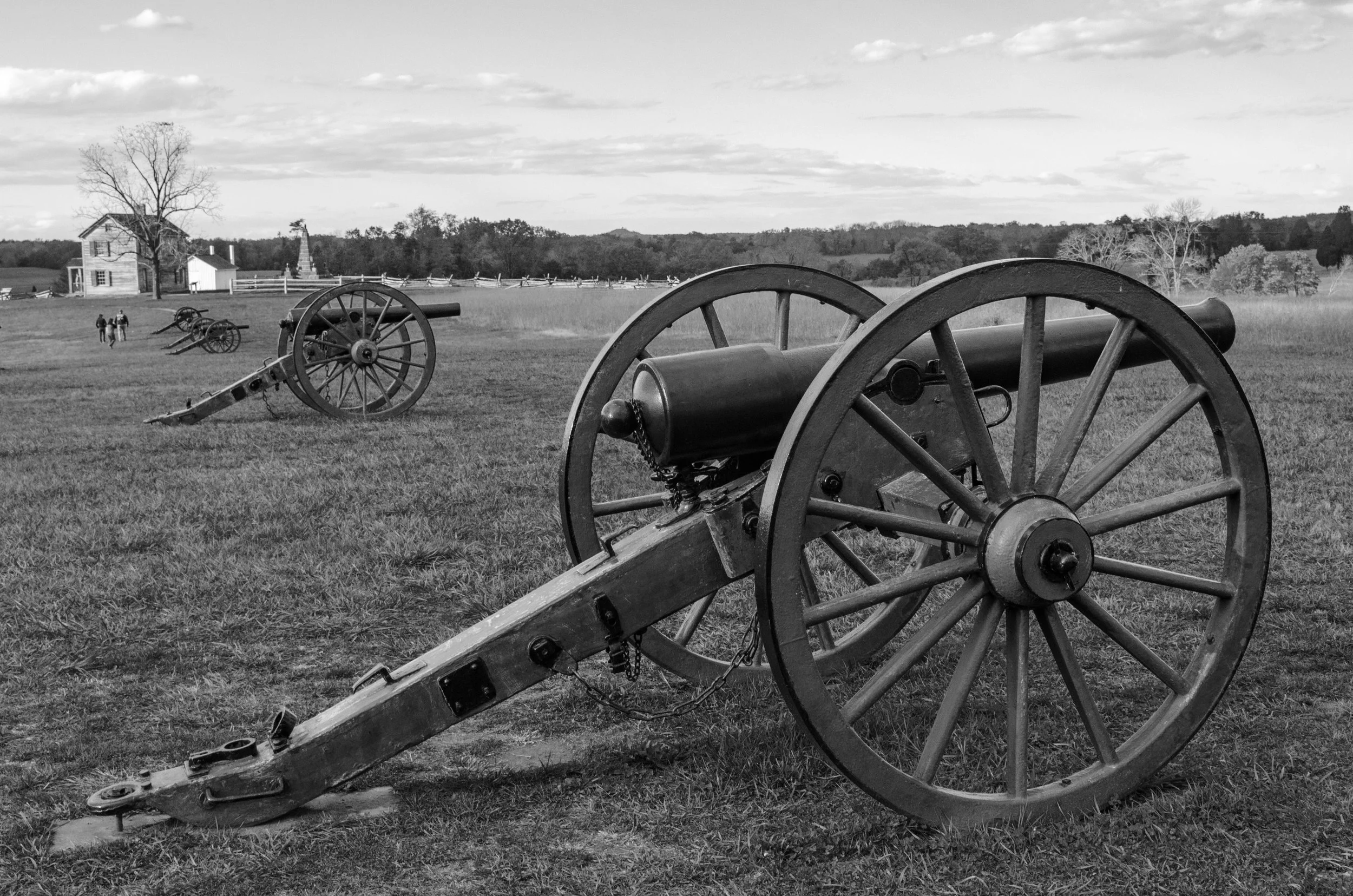The Battle of Cedar Mountain
A Detailed Account of a Pivotal Civil War Clash
Introduction
The Battle of Cedar Mountain: A Detailed Account of a Pivotal Civil War ClashOn August 9, 1862, the rolling fields of Culpeper County, Virginia, became the stage for the Battle of Cedar Mountain, a significant engagement in the American Civil War that marked a critical moment in the Second Manassas Campaign. This clash, fought under the sweltering summer sun, pitted Confederate forces under the command of General Thomas J. “Stonewall” Jackson against Union troops led by Major General Nathaniel P. Banks. The battle, though overshadowed by larger engagements like Antietam and Gettysburg, was a fierce and bloody contest that showcased tactical brilliance, human courage, and the high cost of war. With over 20,000 soldiers engaged and more than 3,000 casualties, Cedar Mountain left an indelible mark on the landscape and the course of the Civil War. This detailed account explores the context, key moments, and lasting significance of the battle, drawing on historical records to fill in the gaps of the original summary and bring the events of that fateful day to life.
An early drawing of Thomas Jonathan “Stonewall” Jackson
The Armies and Their Leaders
The forces engaged at Cedar Mountain were roughly equal in size, with Jackson commanding approximately 16,000 Confederate troops and Banks leading about 8,000 Union soldiers, though some estimates suggest the total number of combatants approached 20,000 when reinforcements arrived. Jackson’s army consisted of battle-hardened veterans from his Valley Campaign, including divisions under Generals Charles S. Winder, Richard S. Ewell, and A.P. Hill. These men were known for their discipline, rapid marches, and loyalty to Jackson, whose reputation for audacity and piety had earned him the nickname “Stonewall” at First Manassas.Nathaniel Banks, on the other hand, led a smaller but determined force, primarily his II Corps of the Army of Virginia. Banks was a political appointee with a mixed military record, having suffered defeats in the Shenandoah Valley at Jackson’s hands earlier in 1862. Despite his inexperience, Banks was eager to prove himself and saw the engagement at Cedar Mountain as an opportunity to redeem his reputation. His troops, though less seasoned than Jackson’s, were bolstered by a strong sense of duty and a desire to protect the Union.
The Turning Point
The tide of the battle turned decisively in the late afternoon, as Jackson’s reinforcements, particularly A.P. Hill’s division, arrived on the field. Hill’s troops, fresh and well-organized, launched a counterattack against Banks’ overextended lines. The Confederate assault was relentless, driving the Union forces back across the fields and up the slopes of Cedar Mountain. The fighting was intense, with volleys of musket fire and artillery barrages tearing through both armies. By dusk, the Union lines had collapsed, and Banks’ corps was forced to retreat toward Culpeper, leaving behind their wounded and much of their equipment.The battle lasted approximately six hours, from late morning to early evening, and was marked by fierce close-quarters combat. The Confederates suffered around 1,400 casualties, including the loss of General Winder, while Union losses totaled approximately 2,300, including killed, wounded, and captured. The high casualty rate underscored the ferocity of the engagement and the determination of both sides.
The Legacy of Cedar Mountain
Today, the Cedar Mountain Battlefield, preserved by the American Battlefield Trust, offers visitors a chance to walk the hallowed ground where this dramatic clash unfolded. The site, located in Culpeper County, Virginia, retains much of its 1862 appearance, with open fields, historic farmsteads, and preserved earthworks that mark the positions of artillery and infantry. Interpretive signs and trails guide visitors through the key moments of the battle, from Banks’ initial advance to Jackson’s rallying cry and the final Confederate counterattack.The battlefield is more than a historical site; it is a place of reflection and remembrance. The stories of the soldiers—both Union and Confederate—who fought and died here are etched into the landscape. The cedar-strewn fields, once soaked with blood, now stand as a testament to the courage and sacrifice of those who shaped the nation’s history. The battle’s outcome influenced the course of the Second Manassas Campaign, which in turn affected the broader trajectory of the Civil War in the Eastern Theater.
This is a historic photo of Cedar Mountain just before the battle would commence.
The Strategic Contest
The Battle of Cedar Mountain occurred during a critical phase of the Civil War, as both the Union and Confederacy vied for control of Virginia, a key battleground in the conflict. In the summer of 1862, the Union Army of Virginia, commanded by Major General John Pope, was tasked with protecting Washington, D.C., and pressuring Confederate forces in the Shenandoah Valley and central Virginia. Pope’s army was a newly formed force, combining elements of several smaller commands, including the corps led by Nathaniel Banks, a former Massachusetts governor with limited military experience but a strong political background.
Opposing Pope was General Robert E. Lee, commander of the Confederate Army of Northern Virginia, who sought to counter Union advances and protect the Confederate capital of Richmond. Lee dispatched Stonewall Jackson, one of his most trusted and capable subordinates, to engage Pope’s forces and disrupt their operations. Jackson, fresh from his brilliant Shenandoah Valley Campaign, where he had outmaneuvered multiple Union armies, was tasked with confronting Banks’ corps near Culpeper, Virginia. The stage was set for a confrontation that would test the mettle of both commanders and their troops.
Cedar Mountain, a prominent ridge surrounded by open fields and dotted with cedar trees, provided a natural defensive position and a strategic vantage point. The area was also a crossroads of sorts, with roads connecting Culpeper to Richmond and the Shenandoah Valley, making it a focal point for military operations. Jackson aimed to strike Banks before Pope could consolidate his forces, hoping to inflict a decisive blow and weaken Union resolve in the region.
The Battle Unfolds
The battle began in the late morning of August 9, 1862. The day was oppressively hot, with temperatures soaring into the 90s, adding to the physical strain on the soldiers. Initially, Banks took the initiative, launching an aggressive attack against Jackson’s position. Around noon, Union artillery opened fire, and Banks’ infantry advanced, catching the Confederates off guard. Jackson’s lead division, under General Charles Winder, was still forming when the Union assault began. Winder, a capable officer, was struck by a cannonball early in the battle and mortally wounded, throwing the Confederate lines into temporary disarray. The Union troops pressed their advantage, driving back Jackson’s men and threatening to rout them.This early success, however, proved to be a double-edged sword for Banks. His aggressive advance stretched his lines thin and exposed his flanks, a vulnerability Jackson quickly recognized. As the Confederate lines wavered, Jackson himself rode to the front, a rare and dramatic act for a corps commander. Brandishing his sword and reportedly waving a captured Union flag, Jackson rallied his troops with a cry to stand firm. His presence galvanized the Confederates, who began to regroup and counterattack.
Aftermath & Significance
Aftermath and SignificanceThe Battle of Cedar Mountain was a tactical Confederate victory, as Jackson’s forces held the field and repelled Banks’ corps. However, the victory came at a cost, and Jackson did not pursue the retreating Union forces aggressively, possibly due to exhaustion, logistical challenges, or uncertainty about Pope’s main army. The battle set the stage for the larger Second Battle of Manassas (August 28–30, 1862), where Lee and Jackson would decisively defeat Pope’s Army of Virginia.For the Union, Cedar Mountain was a sobering reminder of Jackson’s tactical prowess and the challenges of coordinating a new army under aggressive commanders like Pope. Banks faced criticism for his decision to attack without waiting for reinforcements, though his initial success demonstrated his willingness to take risks. The defeat also highlighted the need for better coordination within the Union Army of Virginia, a lesson that would prove costly in the weeks that followed.
Visiting Cedar Mountain
For those who visit, the Cedar Mountain Battlefield offers a poignant connection to America’s past. The site is maintained with care, ensuring that future generations can explore its legacy. Walking the trails, one can imagine the thunder of artillery, the cries of soldiers, and the weight of decisions made in the heat of battle. The American Battlefield Trust provides resources, including maps and guided tours, to enhance the experience, making it a destination for historians, students, and anyone seeking to understand the Civil War’s human and strategic dimensions. In conclusion, the Battle of Cedar Mountain was a microcosm of the Civil War’s intensity and complexity. It showcased the brilliance of Stonewall Jackson, the determination of Nathaniel Banks, and the resilience of the soldiers who fought under their command. The battle’s legacy endures in the preserved fields of Culpeper County, inviting us to reflect on the cost of conflict and the enduring power of history to inspire awe and understanding.








